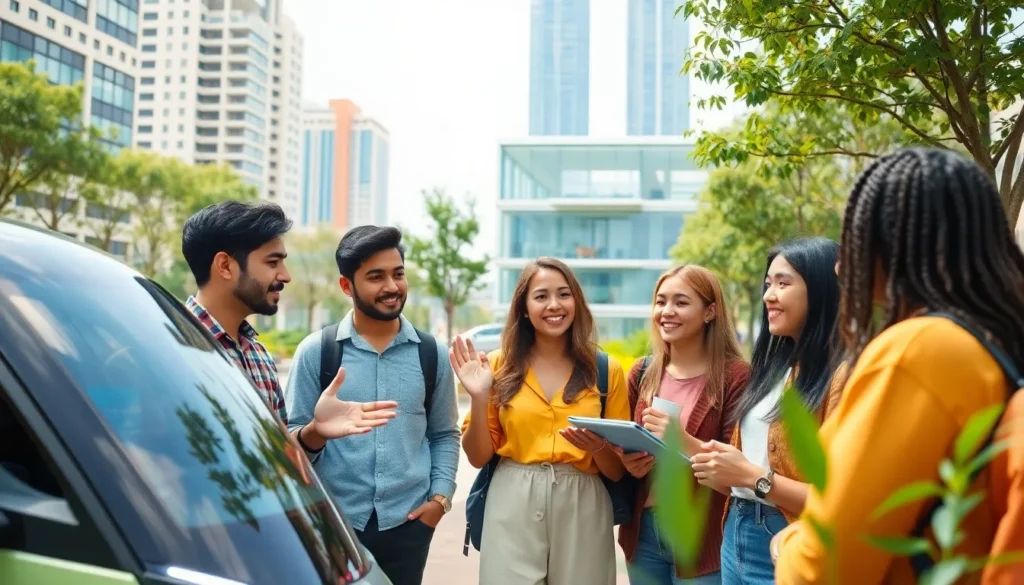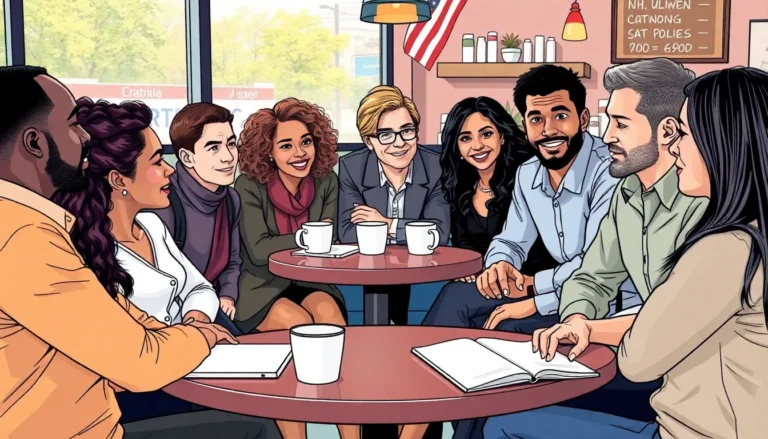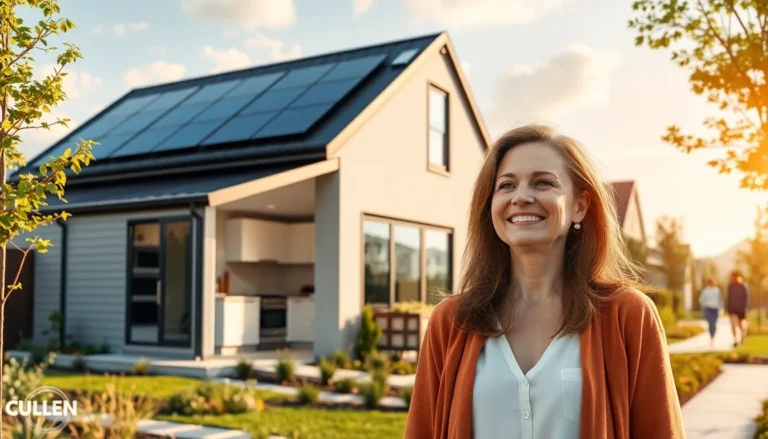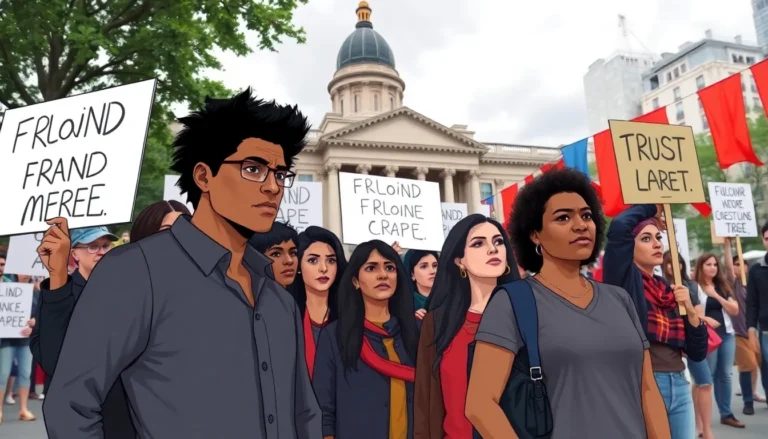Ever wondered what the future holds? With technology advancing faster than a cat chasing a laser pointer, it’s hard not to be curious. From flying cars to robot butlers, predictions about the future can be as wild as they are fascinating. But don’t worry, this isn’t a crystal ball session; it’s a journey into the realm of possibilities.
Table of Contents
ToggleOverview of Predictions of The Future
Predictions about the future capture the imagination and inspire innovation across various fields. Experts often focus on advancements in technology, sustainability, and societal changes. Emerging innovations include artificial intelligence, biotechnology, and renewable energy solutions. Each promises to reshape daily life and industry operations.
Flying cars and smart homes exemplify the potential for transformative inventions. Analysts anticipate cities integrating smart infrastructure, connected through advanced data networks. Robotics will likely play a significant role in automating tasks, enhancing efficiency in sectors like healthcare and manufacturing. Automation aids not only in productivity but also in reducing human error.
Sustainability trends indicate a shift towards greener practices. Predictions suggest widespread adoption of electric vehicles and decreases in carbon emissions. Urban areas may see an increase in green spaces, fostering biodiversity and improving air quality. Renewable resources are expected to replace fossil fuels as primary energy sources.
Social dynamics are also poised for change. Demographic shifts could influence consumer behavior and market demands. Increased connectivity through the internet may alter how individuals interact and form communities. Predictions underscore the need for adaptability in both individual and collective behaviors.
Scientific discoveries could unlock new possibilities. Advancements in genetics and space exploration hint at extraordinary potential, from personalized medicine to extraterrestrial colonies. Each of these predictions represents a thread in the complex tapestry of future possibilities, showcasing humanity’s drive towards progress.
Historical Context of Predictions
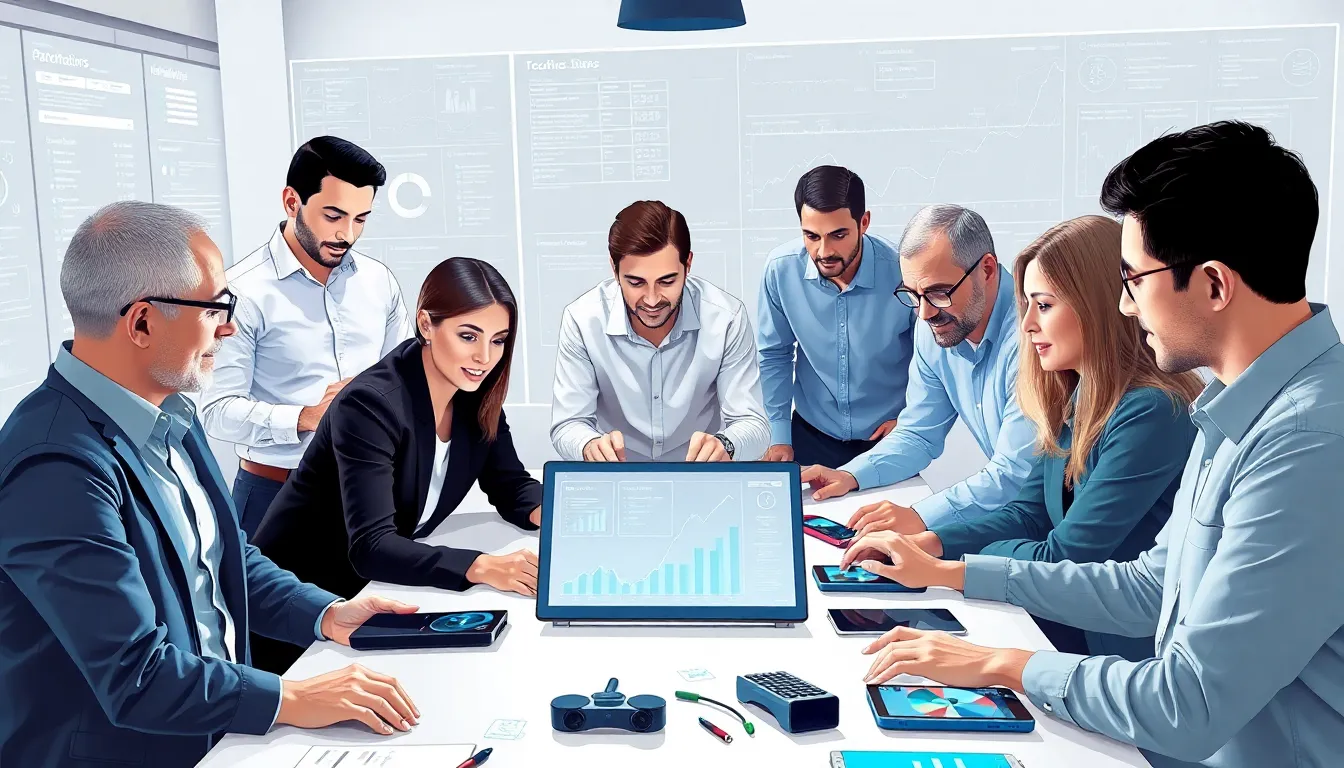
Predictions have a long-standing presence in human history, reflecting societal hopes and concerns. Ancient civilizations often made forecasts based on celestial events and natural phenomena.
Ancient Predictions
In ancient times, predictions relied heavily on astrology and oracles. Mesopotamians used astronomical observations to forecast seasonal changes, impacting agriculture. Ancient Greeks sought insight from oracles, such as the famous Oracle of Delphi, where priests interpreted messages from the gods. Similarly, Chinese dynasties employed divination techniques like I Ching to predict future events and guide decision-making. Societies viewed these predictions as essential tools for navigating uncertainty, demonstrating humanity’s desire to understand and control the future.
Modern Predictions
Modern predictions have evolved with technological advancements and scientific method adoption. In the 20th century, futurists began analyzing trends and data to forecast economic, social, and technological changes. Prominent figures like Alvin Toffler predicted a shift to a knowledge-based society in his work “Future Shock.” Today, data analytics and machine learning empower experts to create more accurate predictions regarding climate change and market trends. As a result, contemporary forecasts shape strategic planning in business and governance, reflecting an ongoing commitment to anticipating the future.
Current Trends Influencing Predictions
Current trends significantly shape predictions about the future, particularly in technology and societal shifts. Trends in these areas highlight advancements and changes that could define coming decades.
Technology Advancements
Advancements in technology profoundly influence future predictions. Innovators focus on artificial intelligence, which drives automation across industries. Machine learning algorithms analyze vast datasets, improving efficiency in decision-making. Developments in biotechnology hint at breakthroughs in personalized medicine, enhancing health outcomes. Smart homes equipped with IoT devices illustrate connectivity and convenience becoming standard. Electric vehicles gain traction, promoting sustainable transportation solutions. Additionally, augmented reality and virtual reality experiences expand in sectors like gaming and education, transforming interaction. Continuous innovation suggests a future where technology integrates seamlessly into daily life.
Societal Changes
Societal changes reflect evolving demographics and interactions. Global connectivity through the internet fosters diverse community formation. Younger generations prioritize sustainability and inclusivity, shifting societal norms and values. Remote work trends reshape traditional employment models, promoting flexibility. Urbanization encourages cities to become more pedestrian-friendly, increasing green spaces and improving mental well-being. Gender roles are challenged, leading to discussions about equality and opportunity. The aging population influences healthcare policies, necessitating adaptations in service delivery. These shifts contribute to a more interconnected world, with potential implications for culture and governance.
Major Theories on Predictions of The Future
Predictions about the future are influenced by various theories, including advancements in technology and the environmental challenges ahead. Two significant areas of focus are technological singularity and climate change impacts.
Technological Singularity
Technological singularity refers to a point at which artificial intelligence surpasses human intelligence, leading to rapid advancements beyond forecast. Predictions suggest this event could enable machines to improve their own capabilities autonomously. As a result, society may experience heightened efficiency in problem-solving across sectors such as healthcare and transportation. Innovations in machine learning contribute to this potential acceleration, prompting discussions about ethics, governance, and safety in AI deployment. Experts emphasize the importance of preparing for unpredictable consequences in workforce dynamics and daily life.
Climate Change Impacts
Climate change impacts project significant shifts in environmental conditions and public policy. Increased global temperatures could result in extreme weather events, affecting ecosystems and human settlements. Projections indicate rising sea levels threatening coastal cities, prompting infrastructure changes and emergency management planning. Renewable energy adoption trends exhibit a response to these challenges, aimed at reducing carbon footprints and enhancing sustainability. Governments and organizations are prioritizing green technologies and climate resilience strategies to mitigate adverse effects. Emphasis on renewable resources highlights the urgency of adapting communities to embrace cleaner energy solutions.
Implications of Predictions on Society
Predictions about the future carry significant implications for society, impacting both the economy and culture. Understanding these effects is crucial for navigating upcoming changes.
Economic Effects
Advancements in technology influence economic landscapes. Job markets adapt, as automation and artificial intelligence reshape workforce needs. Many sectors might experience increased efficiency, driving productivity. Innovative industries could emerge alongside traditional ones, diversifying economic opportunities. Data from multiple reports indicate that automation may displace 20 million manufacturing jobs globally by 2030. As a result, workers must upskill to remain competitive. Businesses also prioritize sustainability, adopting renewable energy solutions to reduce environmental footprints. In doing so, operational costs may decrease while promoting green innovation. Shifts in consumer demand toward sustainable products further reflect changing economic patterns.
Cultural Shifts
Cultural dynamics shift alongside technological advancements. Increased connectivity fosters global communities, allowing diverse ideas and values to flourish. Society’s focus on sustainability resonates with younger generations, who prioritize eco-friendly practices. Traditional norms may challenge as inclusivity becomes a central theme in discussions about social justice. Urbanization encourages creativity in cultural expressions, with art and technology merging in innovative ways. Additionally, demographic changes influence entertainment preferences, driving content diversity to reflect evolving identities. As a result, cultural institutions must adapt to these new realities. Engagement through social media platforms amplifies voices that may have previously gone unheard, enriching the cultural dialogue.
The future holds a wealth of possibilities shaped by rapid technological advancements and evolving societal dynamics. As innovations like artificial intelligence and renewable energy emerge, they pave the way for transformative changes in everyday life.
Sustainability trends and urbanization are set to redefine how communities interact and thrive. The predictions explored reflect humanity’s innate curiosity and drive for progress, highlighting the importance of strategic planning in navigating uncertainties.
As we look ahead, embracing these changes can foster a more interconnected and sustainable world, ensuring that future generations inherit a thriving planet. The journey into the future is just beginning, and its potential is limited only by imagination and innovation.

